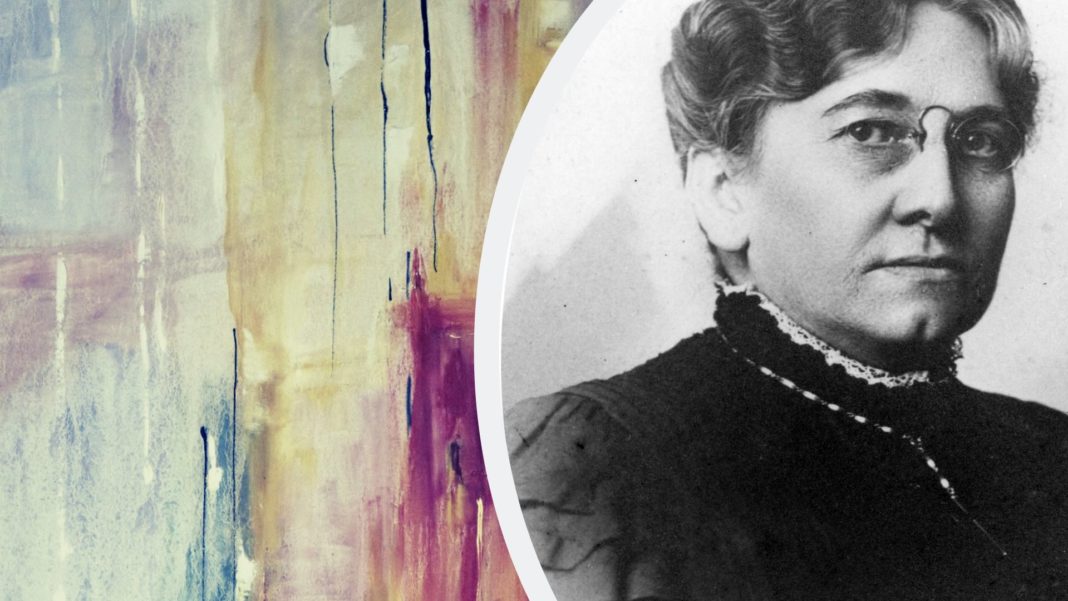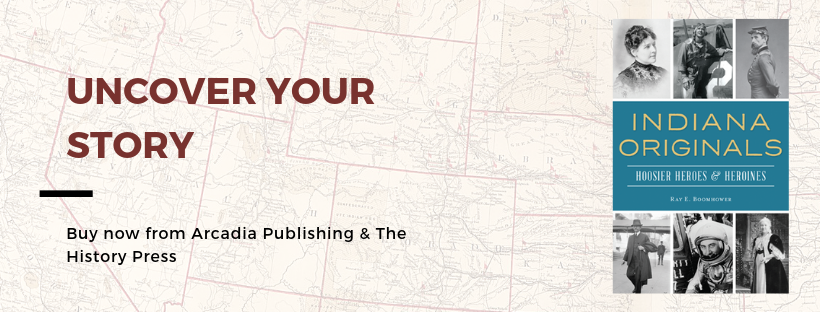
Over the last few years, Indiana politicians and educators have spent a lot of time debating pre-K—namely how to stop Hoosier kids from falling further behind and how to pay for the new programs.
But as another school year starts up, it’s worth remembering that Indiana once led the way in terms of kindergarten education—thanks to a woman named Eliza Blaker.
Blaker was born in Philadelphia in 1854, and she grew up as a smart and active youth. One day, in her twenties, she went to the city’s Centennial Exposition, where she saw a demonstration of a new kind of teaching: kindergarten. “There I found what I had been groping for,” Eliza later said.
After training under the woman who had performed that demonstration, Eliza found a job at Philadelphia’s Vine Street Kindergarten. She also married a man named Louis J. Blaker, and in 1877 he became the new minister at the Plymouth Church in Indianapolis. Eliza moved with him and got a job at a private school, but she soon left to work at the Indianapolis Free Kindergarten and Children’s Aid Society.
The Indianapolis Benevolent Society had been working to revitalize the city’s charity work, and one idea had centered on a trial free kindergarten program to assist underprivileged youngsters in the corridor of School No. 12 at West and McCarty Streets. It went so well that the philanthropists founded the Indianapolis Free Kindergarten and Children’s Aid Society to spread the idea.
The accomplishments of the Indianapolis free kindergartens, which became a model for the rest of the country, were achieved through the untiring efforts of Eliza Blaker. She became the superintendent for the free kindergartens and trained numerous teachers by starting the Kindergarten Normal Training School, known to those in the community as “Mrs. Blaker’s College.”
Seeing the “sad and old faces” and “vacant, far away expressions” of the countless underprivileged youths who flocked to the free kindergartens inspired Blaker to provide for them a “miniature world in which the little one is happy, is harmoniously developed and learns to think and act as a reasonable being endowed with a high destiny.”
Then, like now, money was a constant worry. When teachers could not find enough paper for students, Blaker sent them out to seek donations of materials from Washington Street merchants. Some kindergartens served breakfast to their charges, and all offered free lunches. In spite of early hardships, Blaker had faith in the school. “There have been times when I knew not where the money was to come from, but it came, because by the middle of the month I began to ‘dig in’ and work to get it,” she said.
“Mrs. Blaker’s School” continued to produce teachers until 1930, when control passed to Butler University. The free kindergartens had a longer life, continuing to ease the way for Indianapolis youngsters until 1952, when they were incorporated into the Indianapolis school system.
During her forty-four years in the capital city, Blaker oversaw the education of thousands of youngsters and provided training for thousands of preschool teachers. Even after her death, in 1926, Blaker continued to be honored for her work, with the Eliza Blaker Club, members of whom were all graduates of her school, establishing a room in her honor at Butler University in 1943 and the Indianapolis school system naming a school for Blaker in 1958.
Blaker, however, always refused to let such tributes go to her head. “The cause,” she said, “is greater than the individual.”


